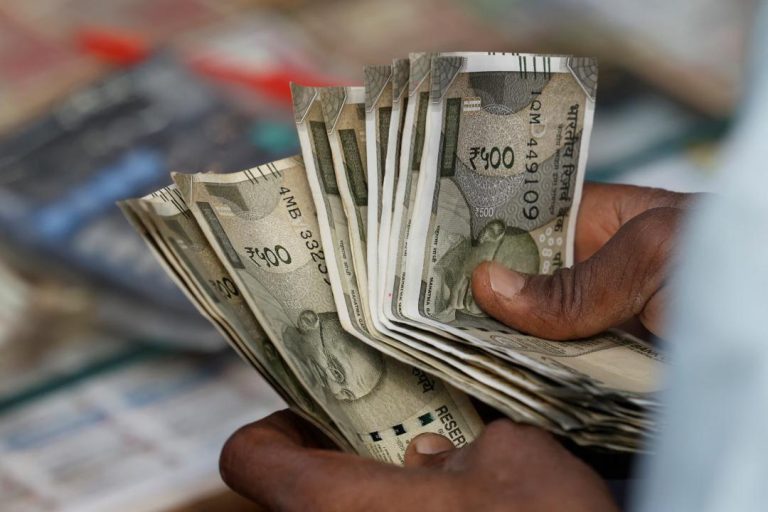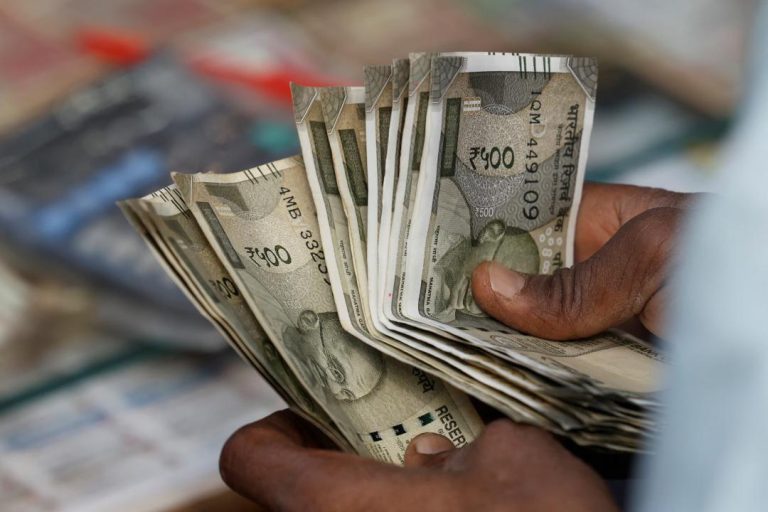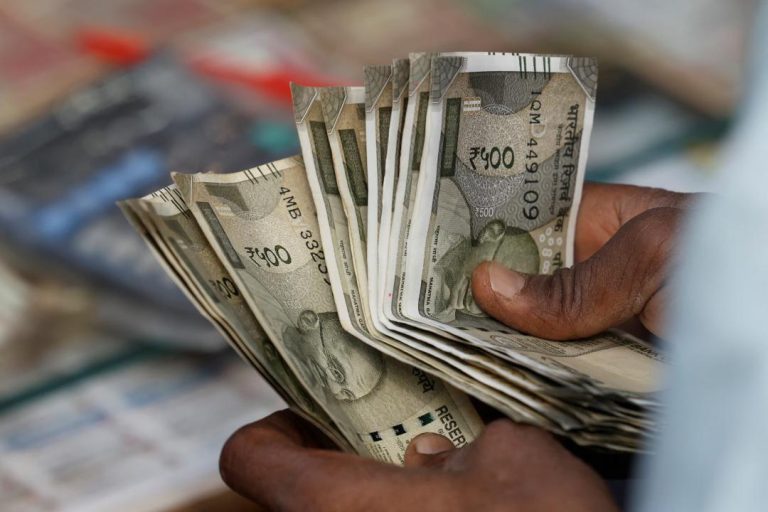
Title: What got cheaper & costlier in March as CPI falls to 67-month-low of 3.34%?
March brought a pleasant surprise for Indian consumers as the retail inflation rate, measured by the Consumer Price Index (CPI), fell to a 67-month-low of 3.34%. This significant drop is a welcome relief for households and businesses alike, as it indicates a decrease in the general price level of goods and services. But, as is often the case, not everything got cheaper. While some essential items saw notable price declines, others experienced marginal increases. In this blog post, we’ll delve into the CPI data for March and explore what got cheaper and costlier.
Egg-Cellent Deal for Consumers
One of the most significant beneficiaries of the CPI’s decline was the egg industry. According to the data, the prices of eggs plummeted by 12.16% in March, making them a steal for consumers. This substantial drop is likely due to increased production and better supply chain management.
Vegetables and Pulses: A Bumper Harvest?
Vegetables and pulses, which are staples in many Indian households, also saw significant price declines. The CPI data reveals that prices of vegetables dropped by 8.24%, while pulses decreased by 6.46%. These reductions are likely attributed to a bountiful harvest and improved supply chain efficiency.
Spices, Meat, Fish, and Housing: Marginal Decreases
While eggs, vegetables, and pulses enjoyed significant price drops, other essential items experienced more modest declines. Spices, meat, fish, and housing costs decreased marginally, with prices falling by 0.45%, 0.35%, 0.33%, and 0.28%, respectively. These small but noticeable decreases will likely be welcomed by consumers.
Recreation and Amusement: A Small Treat
Recreation and amusement expenses, which include activities like entertainment, travel, and leisure, saw a slight drop of 0.21% in March. This marginal decrease might be attributed to lower prices for tickets to movies, concerts, and other events.
Fruit Prices: A Sour Note
In a surprising twist, fruit prices jumped significantly in March, increasing by 4.56%. This anomaly is likely due to factors like supply chain disruptions, weather events, or seasonal fluctuations.
Cereals, Milk, Oil, Sugar, Confectionery, Clothing, Snacks, Sweets, Pan, Tobacco, Footwear, Fuel, Health, and Education: Marginal Rises
While most items saw decreases or remained stable, a few categories experienced marginal price increases. Cereals, milk, oil, sugar, confectionery, clothing, snacks, sweets, pan, tobacco, footwear, fuel, health, and education costs rose by 0.15%, 0.12%, 0.11%, 0.09%, 0.08%, 0.07%, 0.06%, 0.05%, 0.04%, 0.03%, 0.02%, and 0.01%, respectively. These small increases are likely due to various factors, including changes in global commodity prices, transportation costs, and supply chain disruptions.
Conclusion
The March CPI data brings a mix of good news and bad news for Indian consumers. While many essential items saw significant price drops, others experienced marginal increases. The overall decline in retail inflation, however, is a welcome relief for households and businesses. As the economy navigates the ongoing pandemic, it’s essential to keep a close eye on price movements to ensure that inflation remains within a manageable range.






